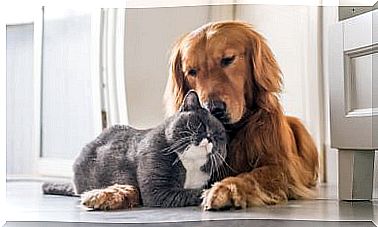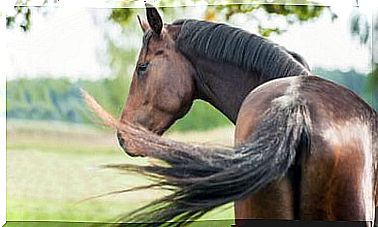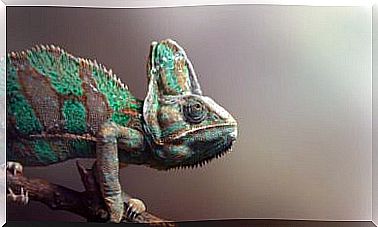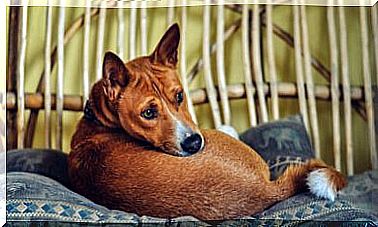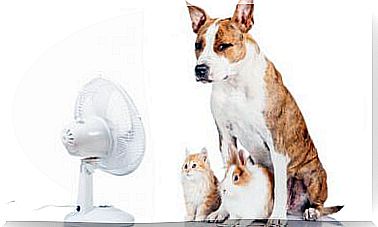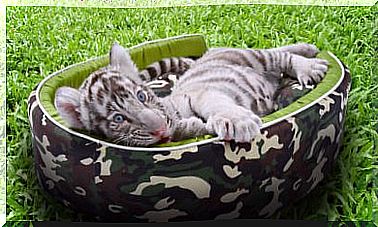Four Lesser Known Species Of North American Prairie Fauna

In the heart of North America, south of the tundra and cold forests, between the Rocky Mountains and the Mississippi, are the prairies. These are endless expanses of tall grass and grasses, a mosaic of color where forests, deserts, rocky areas, rivers and swamps intermingle.
For this reason, the fauna of the North American prairies is very varied. You will have heard of large quadrupeds that inhabit this ecosystem, such as the bison, the bear or the puma. Even so, surely there are other species that go more unnoticed and are not so standard-bearers of these great meadows. However, they are part of its characteristic fauna.
The fauna of the North American prairies
Next, we will talk about some animals that inhabit these ecosystems, but that are not as recognized as the large species.
The lovely prairie dogs
They are small rodents of the genus Cynomys spp . They are the most prolific and quiet inhabitants of the North American prairies, although they can fiercely replicate predators. However, they are friendly to strangers, welcoming owls, rabbits or other rodents into their burrows. Your home is made up of cavities for various uses:
- Breeding chamber.
- Latrine.
- Food store.
All these chambers are linked by galleries that extend into a complicated endless maze. These galleries connect with those of their congeners, forming colonies. Some are true underground cities of thousands of individuals and occupy hundreds of square kilometers.
A sentry is posted at the entrance of his refuge, and if a threat arises, he sounds the alarm by hitting the ground with his tail and emitting his characteristic bark. That is why they are known as “little dogs.” At the warning, all the individuals in the colony plunge into the holes and leave the landscape deserted.
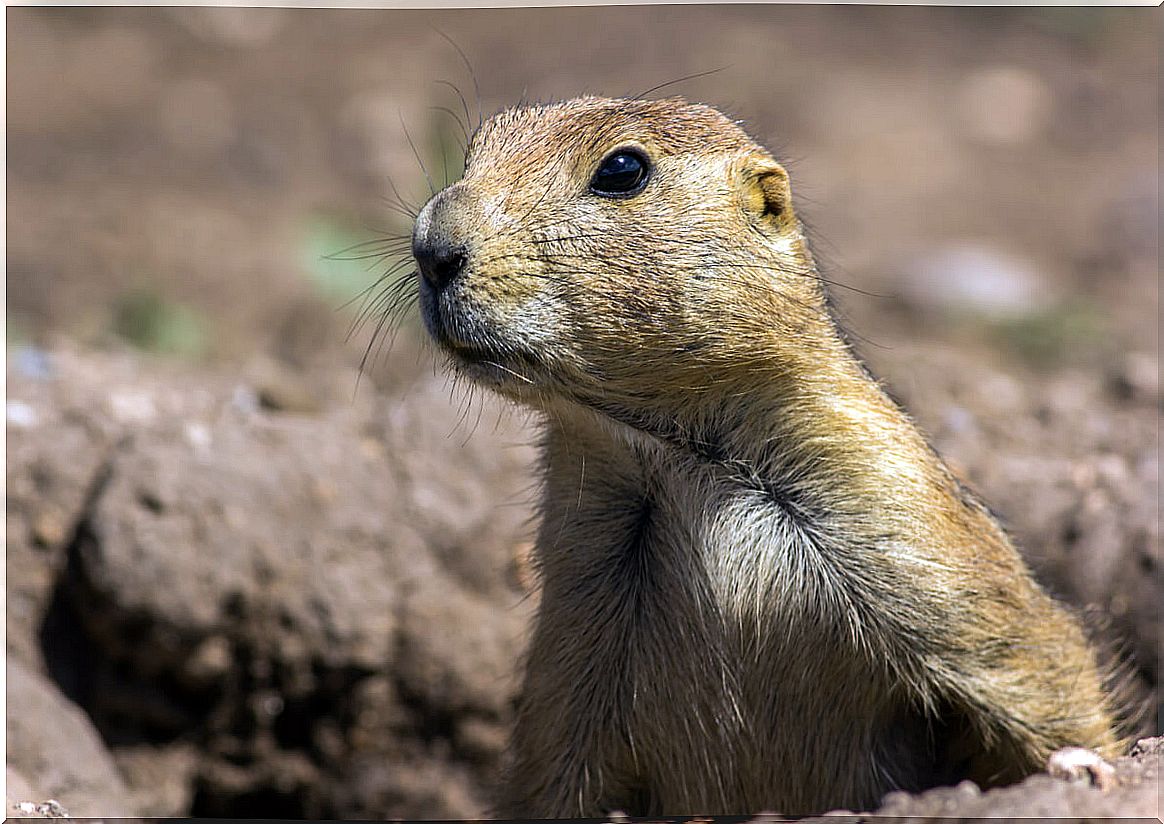
The Beavers
They are large rodents, as they can measure more than a meter in length. They are also good engineers, builders of dikes or dams in rivers and streams, which sometimes reach 100 meters long and four high. The materials used for this are logs, branches and stones, which are added by means of clay. This is why they weigh several tons.
They use their hind legs, webbed, as propellants to swim and their flattened and scaly tail, as a rudder and to strike the water in case of danger. When they use their hands, resting them on their chest to carry logs and mud, they look almost human.
Their fur is made up of lanugo and much longer shaggy hairs. In addition, they have anal glands that secrete a fatty and odorous substance known as castoreum.
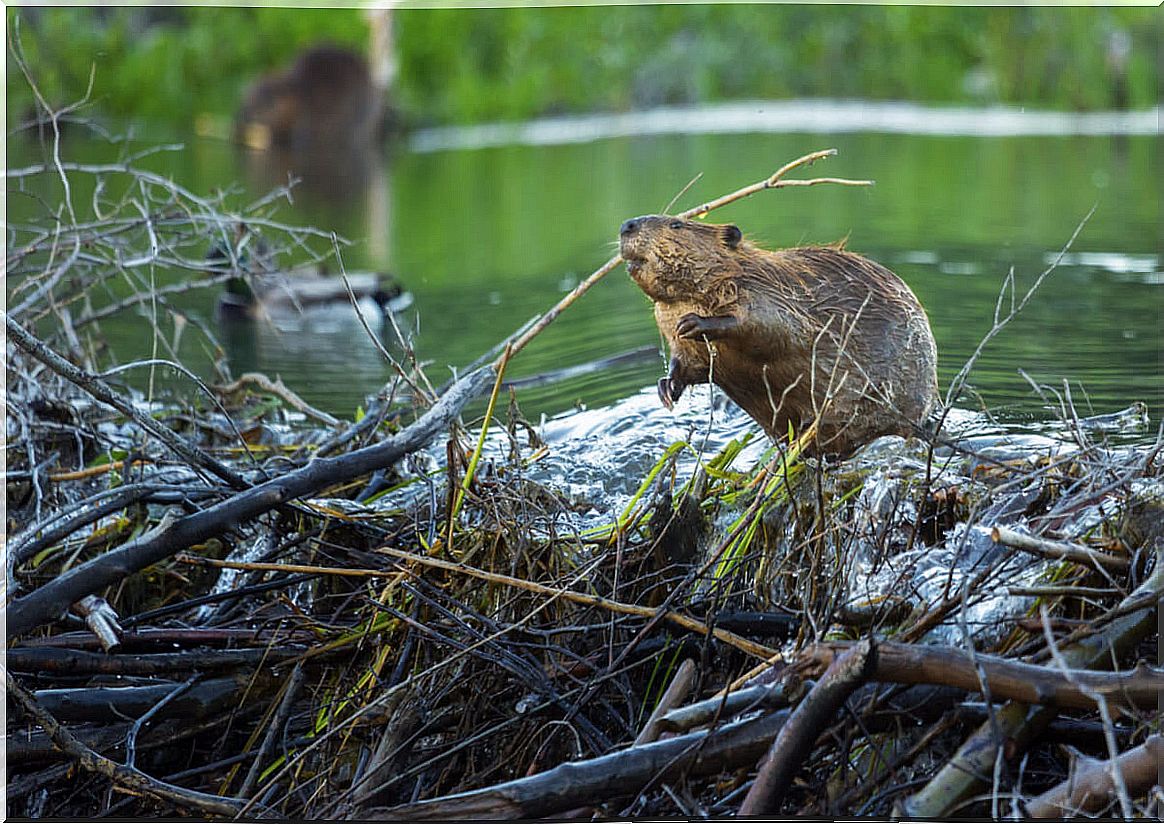
Another typical species of the fauna of the North American prairies: the American antelope or pronghorn
Antilocapra americana is not a true antelope, as these mammals only live in Asia and Africa, but it does resemble them. One of the most notable differences is that their horns forked and a small point is directed forward. They can jump up to six meters and are considered one of the lightest mammals on the American continent.
To communicate remotely and raise the alarm in case of danger, these striking mammals use two procedures. We show them below:
- An olfactory one, spreading a pungent odor coming from a musk gland.
- Another visual, exposing the white spots on its rump to the sun and bristling its hairs, which reflect the sun’s rays. This sign will be visible even more than three kilometers away.
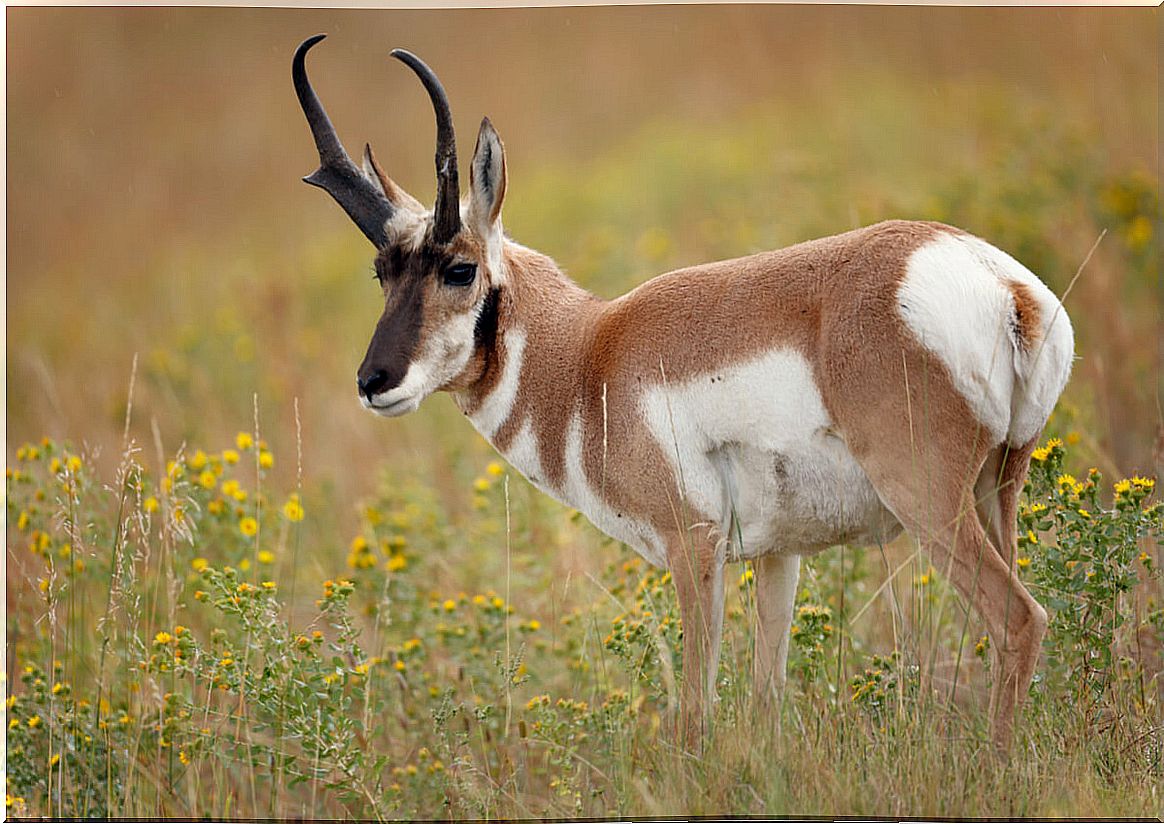
Legend Characters: Coyotes
Canis latrans , also known as the prairie dog or howler dog, usually lives on the edge of the prairie. What is this about? because there he feels more protected, where the bushes and the thicket offer him refuge.
It is smaller than the wolf and weighs, at most, 25 kilos. In addition, it has longer and sharper ears. It is omnivorous and eats rodents, rabbits, insects, fruit, corn, poultry, etc.
Given its eating habits, it is sometimes called the American jackal, as it resembles this African animal. It is a consummate petty thief and stalks the passage of some large predators to snatch their prey.
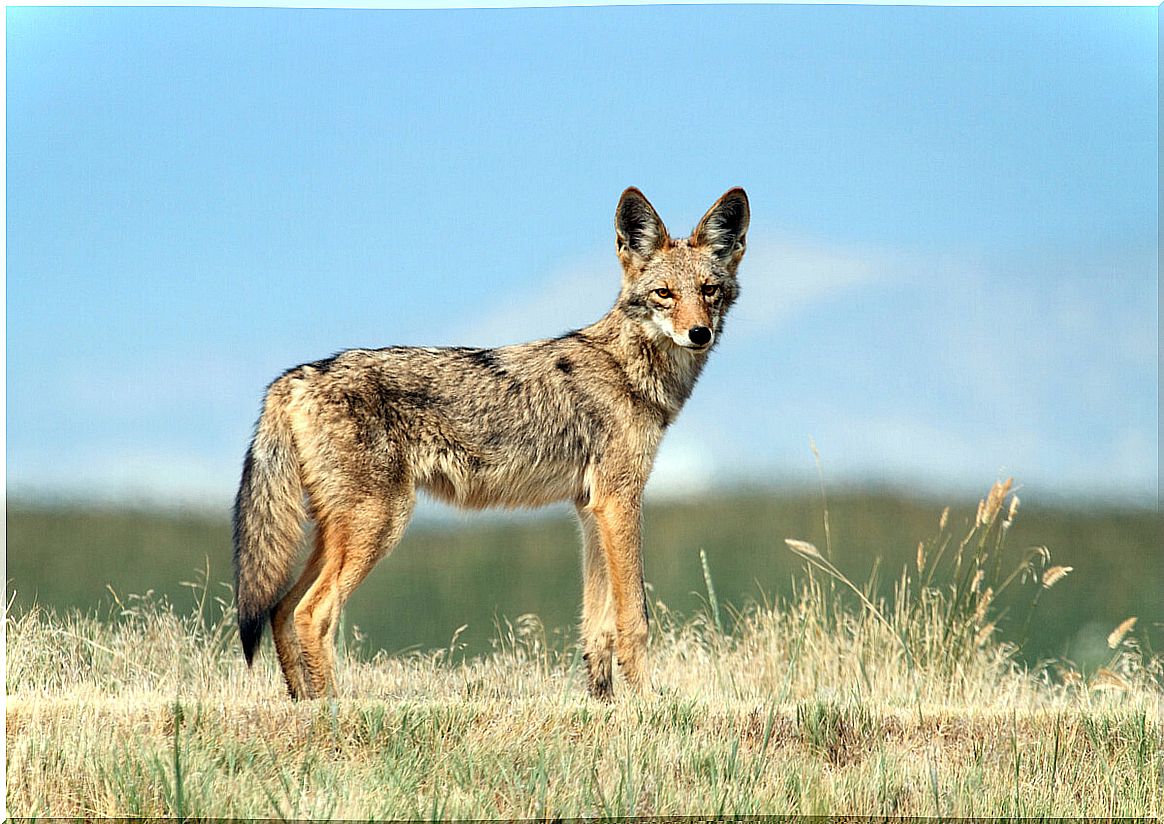
As we have seen, the biodiversity of ecosystems includes many more species than those flagged in the media. It is essential to know each and every one of them, as they play irreplaceable and essential roles for the maintenance of ecosystems.
